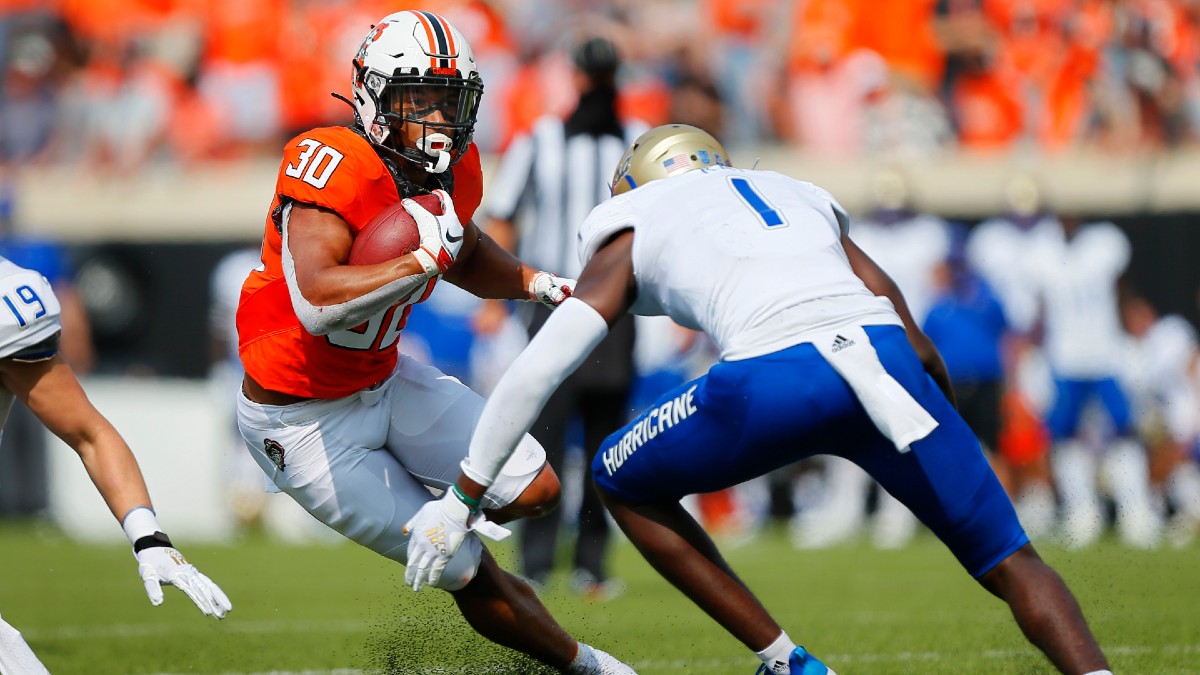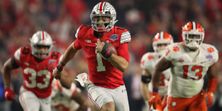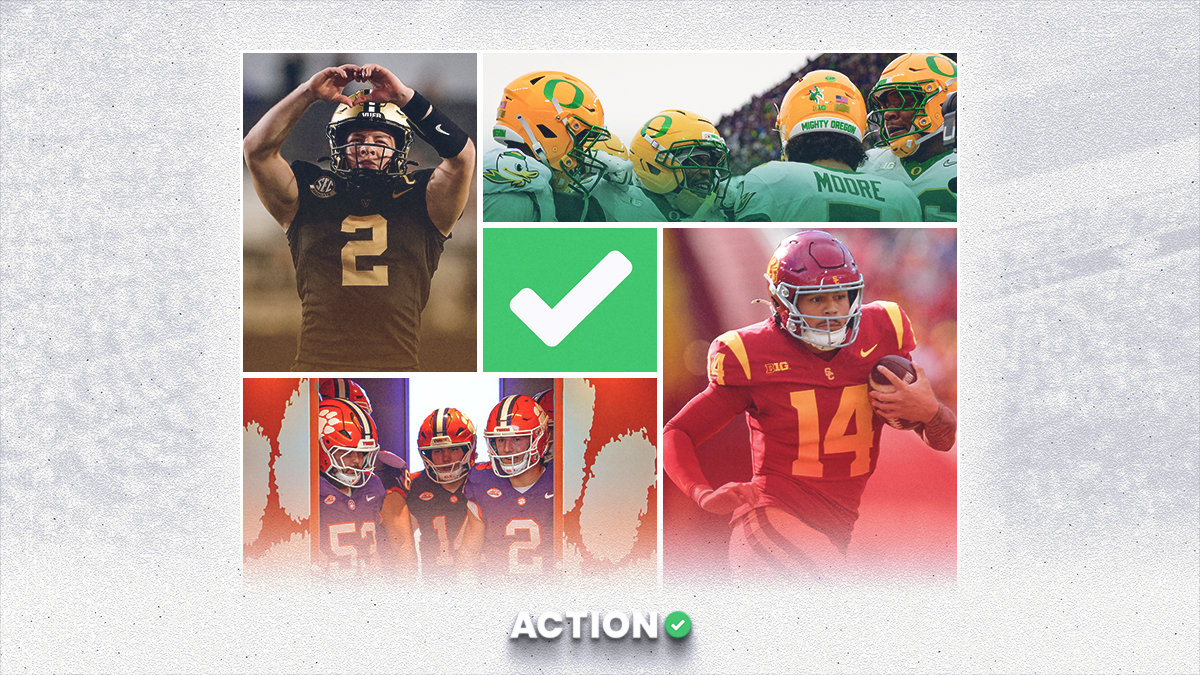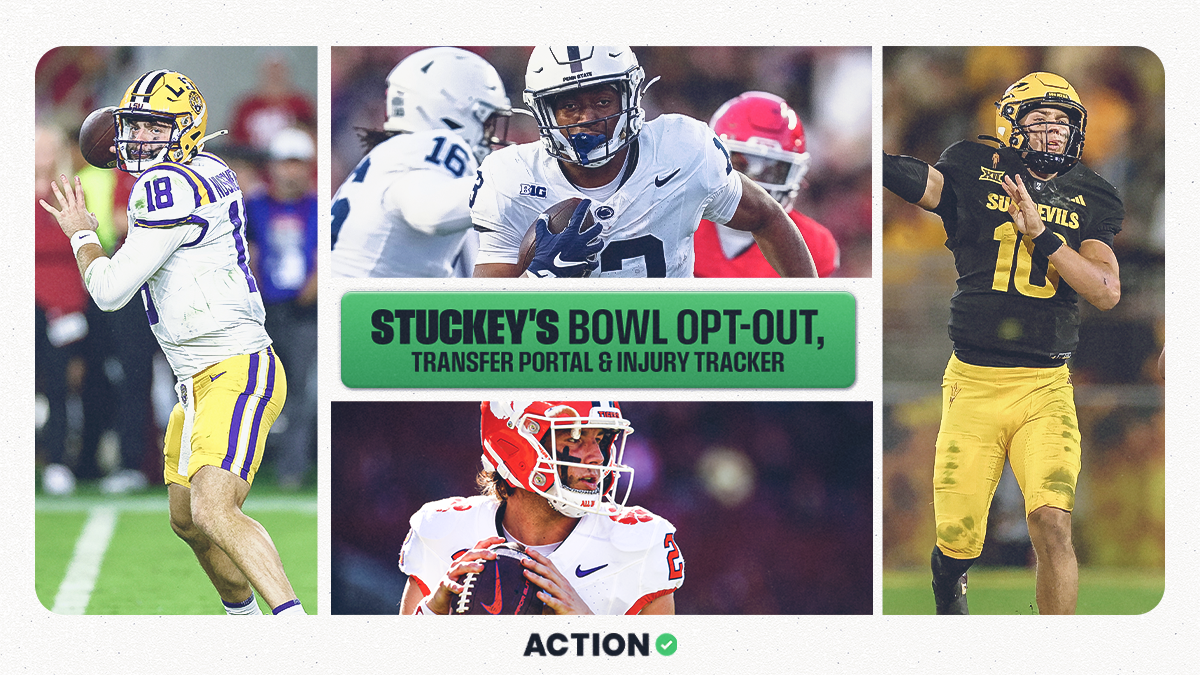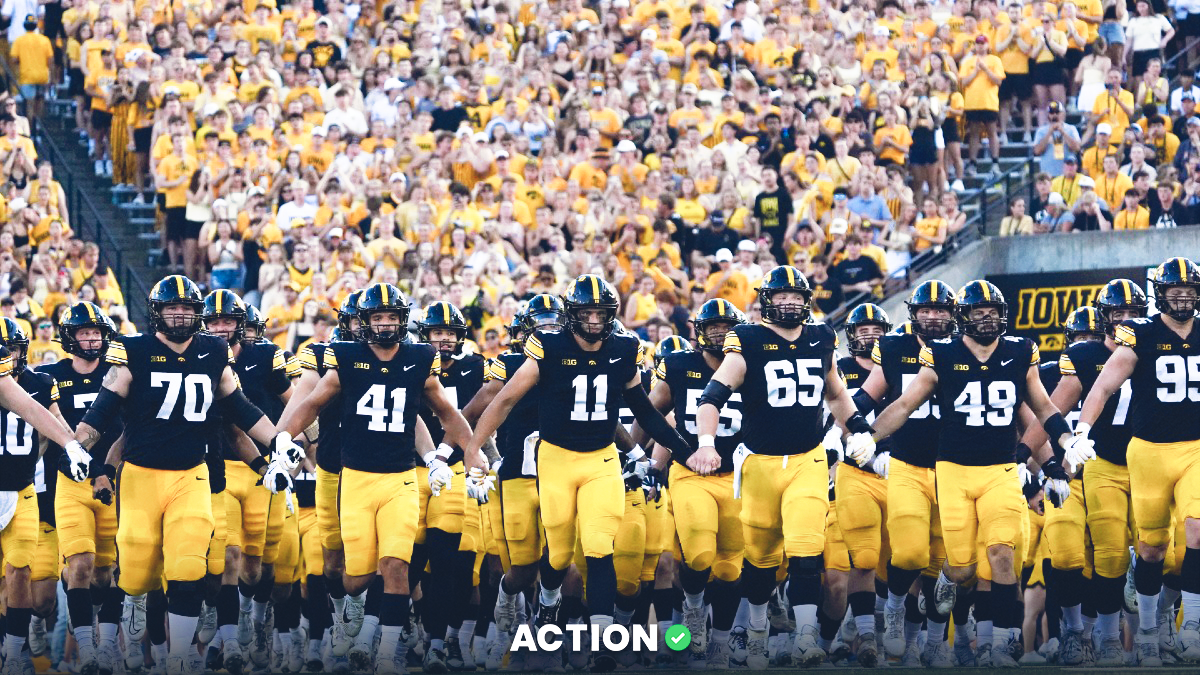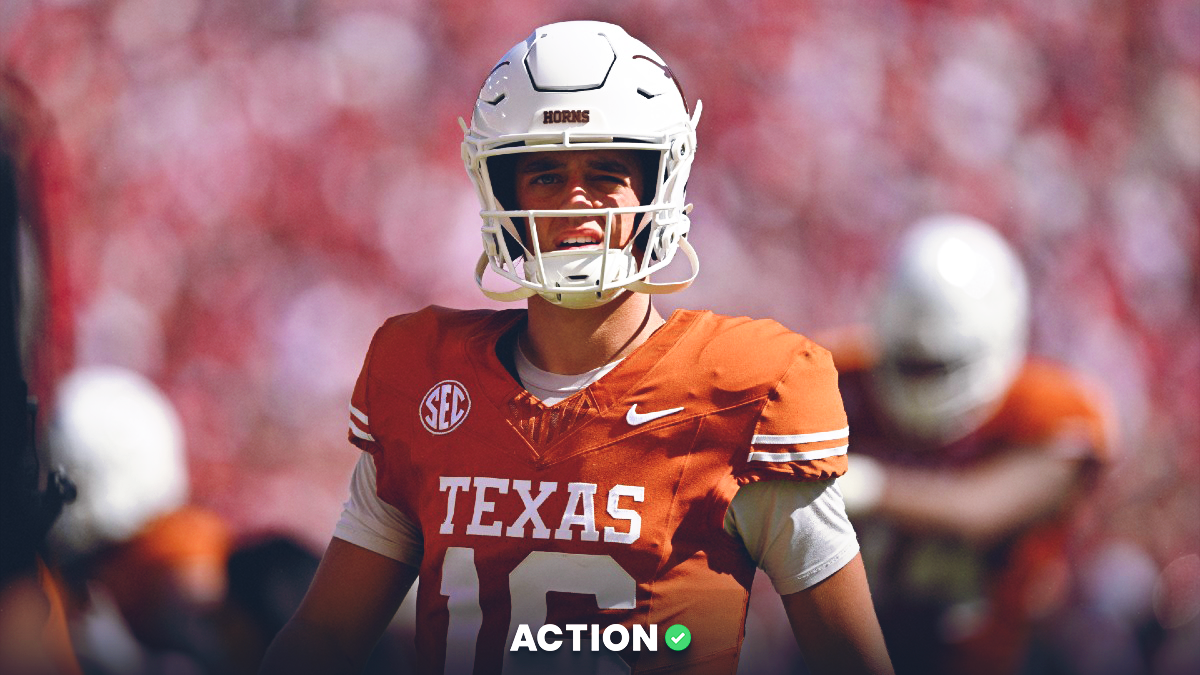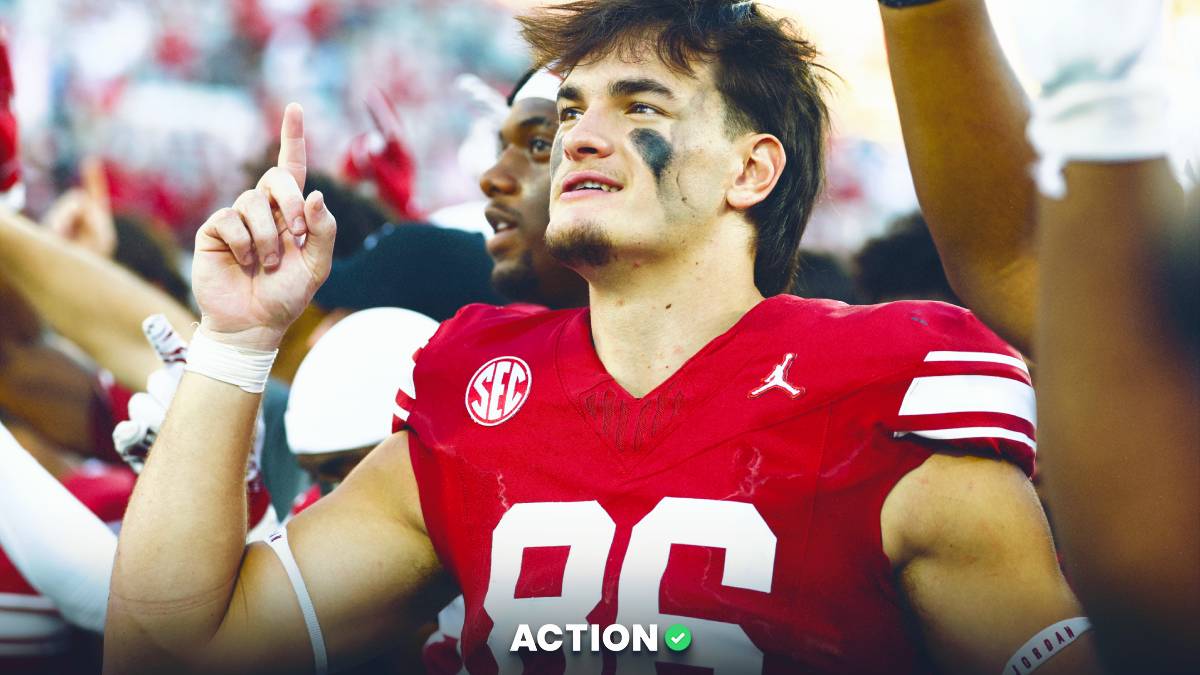Havoc is a college football term defined as a play where there's an unexpected outcome. Pass breakups, forced fumbles and tackles for loss are just a few of the plays that cause pandemonium on any given Saturday. These plays collectively are used to build an identity for a team.
A prime example in Week 3 came from Boston College, as former Ohio State defensive coordinator Jeff Hafley had the Eagles force three fumbles and two interceptions against Duke.
🦅🏈@j_deberry21 INT + @LongmanDanny FG = 3 PTS
Watch @BCFootball vs. @DukeFOOTBALL now on NESN and the NESN App!
📺https://t.co/6HucV2QSzA#GetIn | #ForBostonpic.twitter.com/iW415FeTtf— NESN (@NESN) September 19, 2020
Our Havoc column will look at the defensive Havoc and offensive Havoc allowed each week. The calculation is simply a cumulative number of tackles for loss, interceptions, fumbles and passes defensed divided by the number of plays on both sides of the ball.
Do not forget to check out the updated Power Ratings and follow me in The Action Network App to see when I bet on games that have the biggest Havoc discrepancies.
Check out our new NCAAF PRO Report, where we highlight factors that provide betting edges — like large wagers, historically profitable betting systems, model projections and expert picks — that when combined with sharp money can powerfully detail the smartest bets on a given slate.
Week 4 Havoc

The overall goal for a team is to be as far to the top left of the chart as possible. A high level of offensive interceptions, fumbles and tackles for loss allowed results in a high mark of Offensive Havoc. Kansas and Oklahoma State have already started the season as offenses you cannot trust. The Jayhawks allowed Coastal Carolina 12 tackles for loss only to be topped by the Pokes, who allowed 14 tackles behind the line of scrimmage against Tulsa.
These ratings are in the early stages and generally don't paint a picture of a team's havoc tendencies until a month of play is in the books. Here are a few notes as we enter Week 4:
- In 136 offensive plays, Army has allowed just four tackles for loss with the triple option having maximum efficiency.
- Pitt continues to be one of the leaders in defensive Havoc with Pat Narduzzi as head coach. The Panthers have 22 tackles for loss, which will create problems for a Louisville offense that has allowed 20.
- Georgia State had plenty of defensive chaos against Louisiana-Lafayette, racking up nine passes defended and eight tackles for loss. That could be problematic for Charlotte, which had its Week 3 game canceled due to COVID-19 taking out the entire offensive line. With our Power Ratings making the Panthers a slight favorite, Georgia State +1 or better is an early-week wager to make.
Terms to Know
Postgame Win Expectancy is a calculation of all variables in a box score that dictate who would win the game if it was played a high number of times. Turnover luck, success rate and yards per play are notable components of this calculation and can influence a single game. But over a large sample, the team that moved the ball better would win more often than not.
There have been plenty of box scores in which a team wins as an underdog, but a negative value is applied to that team's power rating because the result was fluky rather than systematic.
Coach scheme changes can adjust a power rating quickly. For example, Oregon will undergo a change from Marcus Arroyo's conservative play-calling to new offensive coordinator Joe Moorhead's system. Moorhead's offense features a heavy dose of 11 personnel, west coast spread concepts and modern RPOs.
That offensive philosophy has led to more explosiveness and higher rates of success on standard downs at each of Moorhead's previous stops at Penn State and Mississippi State. In a situation like this, a power rating can be useful to quickly adjust a team's forecast for future games. In the case of Mike Leach, an adjustment of totals is coming with an increase in plays per game.
Success Rate and Explosiveness were first defined in Bill Connelly's Five Factors and are strong indicators for future box scores. While EPA (Expected Points Added) and IsoPPP (Isolated Points Per Play) can be highly variable from season to season, Success Rate is a stable data point for handicappers to use for projections.
Simply put, if a team consistently achieves the desired amount of yards — determined by down and distance — then this is a "play-on" team with your bankroll. Texas A&M ranked 17th in offensive success rate last season and returns 80% of its offensive production for 2020; that combination makes the Aggies a play-on team.
As Week 4 approaches, we'll be keeping track of all these variables in and out of the box score. Be sure to bookmark our power ratings for the latest update on all FBS and FCS teams playing this fall.


